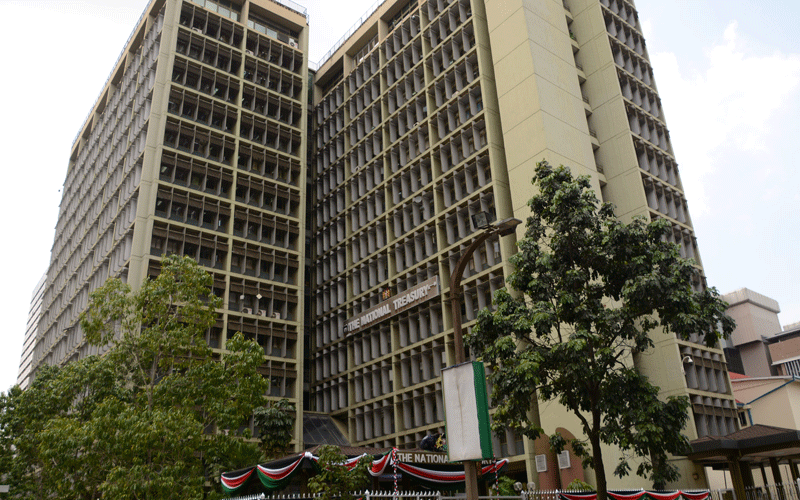State urged to implement IMF conditions cautiously
By Lewis Njoka, August 27, 2021A public finance think-tank has called for cautious implementation of International Monetary Fund (IMF) and the World Bank conditions due to the negative effects they portend on vulnerable Kenyans.
According to Institute of Public Finance Kenya (IPFK), most of the conditionalities have little or no effect on social and human development, and should be approached with caution.
“Kenya must handle the implementation of IMF conditionalities and structural reforms with a lot of caution.
This is because these IMF and World Bank conditionalities are aimed at macro-economic stability and have very little if any on social and human development,” a report from IPFK) reads in part.
This year, IMF has given Kenya a raft of tough conditions to access its various loans.
For instance, it wants Treasury to reduce its budget deficit currently at Sh1 trillion to Sh663 billion by June 2025.
Additionally, IMF requested that Kenya reveals beneficial owners of companies, deal with the multi-billion Kemsa scandal and reduce its risk in some cash strapped state enterprises, among others.
The lending institution also demanded that the government freezes salary increment for civil servants as well as implement a reduction in zero-rated expenditures as well as increasing VAT beyond 16 per cent.
“The experience is that these reforms are anti-poor and have adverse effects on the most vulnerable section of the population,” says the report.
Speaking in Nairobi while unveiling the report, Peter Mwiathi, an economics lecturer at Kenyatta University, warned against increasing taxes further saying so doing would hurt the economy.
“It’s on record that Kenyans are overtaxed. We cannot increase revenue by increasing tax.
The issue of tax is really hurting production and productivity of the Kenyan economy,” he said.
Kenya’s continued accumulation of public debt poses a high risk of debt distress considering that exports have declined and the country faces exchange rate volatility, the report says.
CBK data estimates that Kenya’s public debt stands at Sh7.7 trillion as of June this year.
Existing vulnerabilities
The risk of debt distress has moved from low risk in 2017 to moderate risk in 2018 and was expected to hit high risk in 2020 after the Covid-19 pandemic exacerbated existing vulnerabilities.
“Kenya’s overall public debt has increased recently to about 65.6 per cent by end of 2020 and most of the debt remains on concessional terms but the commercial component of the debt has also increased,” IPFK said.
The country’s public debt from commercial lenders rose from four per cent of external lenders in 2010 to 30 per cent in 2020 leading to a sharp increase in the cost of debt servicing and financial risks.
Over the same period, public debt from multilateral lenders declined from 66 per cent in 2010 to 33 per cent 2020.
Government expenditure in paying interest on loans has increased from Sh121 billion in 2013 to about Sh537 billion next year.
On the other hand, ordinary revenue has only grown by 130 per cent from Sh777 billion in 2013 to an expected Sh1.8 trillion in 2022.
“Total public debt accumulation between June 2013 and December 2020 is Sh5.46 trillion, six times the amount accumulated between 1963 and 2012.
Increased debt accumulation is partly attributed to increased infrastructure investment and implementation of the constitution of Kenya 2010,” says the report.
More Articles

